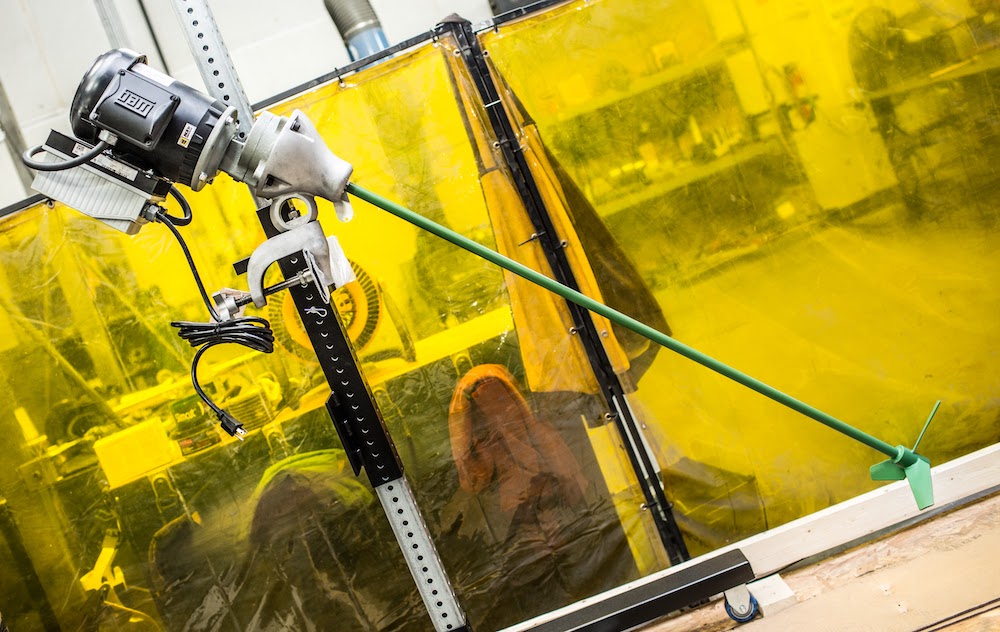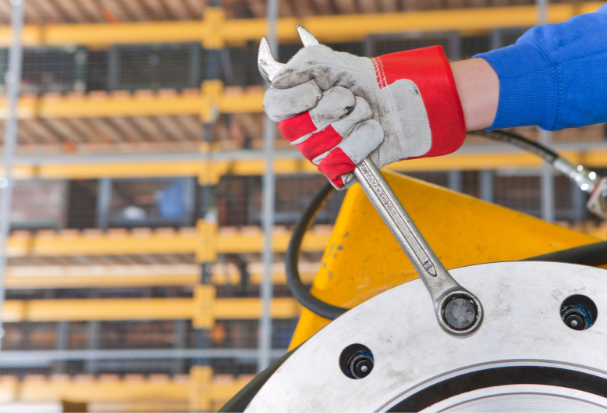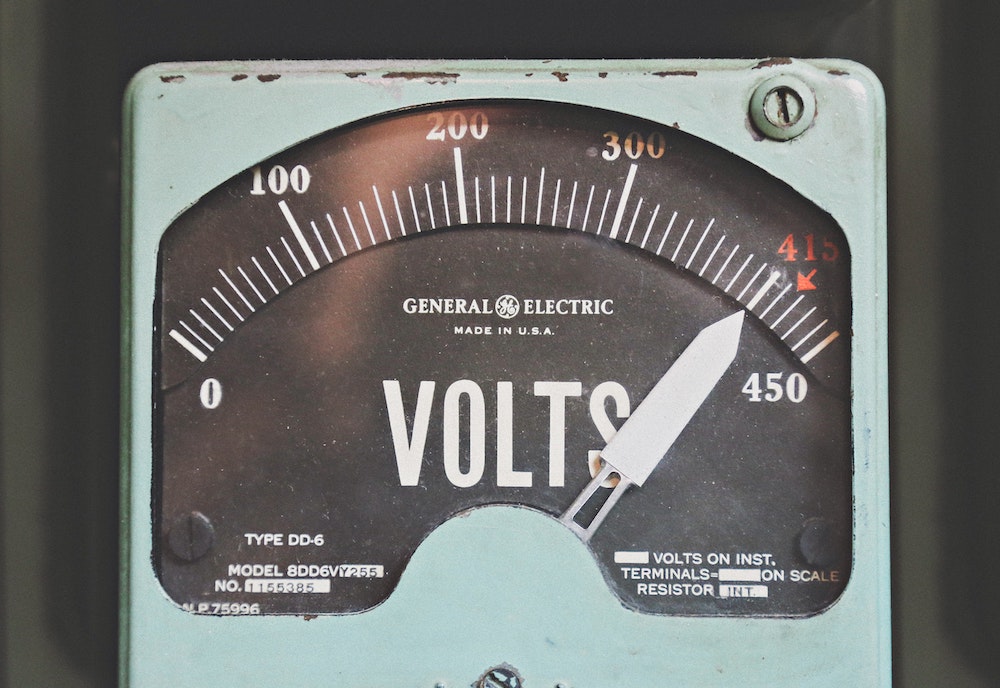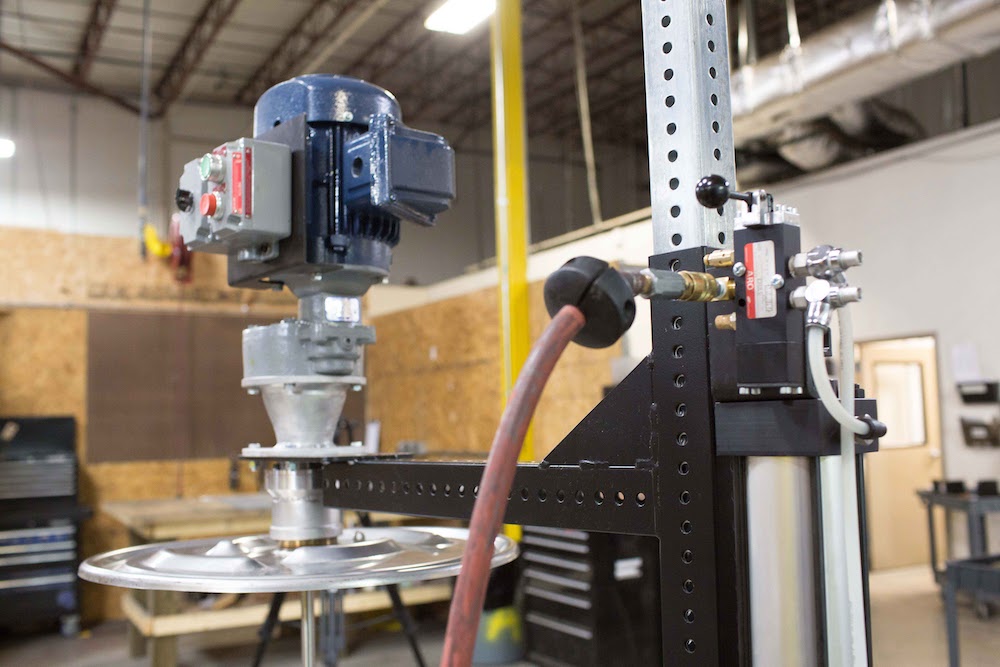Preventative Mixer Maintenance: A Checklist For Industrial Mixer Care
Imagine two cars, both the same make and model, driving down the highway. One car is well-maintained, with regular oil changes, tune-ups, and tire...

A mixer shaft is simply the piece of material that connects the motor to the impeller. The shaft can vary by diameter, length, and material. The diameter of your shaft depends on the amount of torque required for mixing and the length correlates with the size of the impeller.
The more viscous your mixture is, the more torque your impeller needs. The more torque your impeller needs, the thicker your shaft needs to be. As the motor twists the shaft, the motor’s torque is transferred into the shaft. The shaft then transfers the torque to the impeller. However, if the blade requires more torque than the shaft can transfer, then the shaft will vibrate and possibly break. It would be like trying to turn a plastic spoon stuck in a mound of frozen ice cream. If the ice cream doesn't give, the spoon will break.
The length of your shaft depends on the size of the mixing blade. If the shaft is too short, you can cause vortexing. Vortexing is when the mixture starts spinning so fast around the shaft that the surface of mixture dips below the impeller. It's like creating a liquid tornado in your mixing vessel. If the impeller breaches the surface, you are likely mixing air into your liquid, which is typically not a desired outcome.
In order to avoid vortexing you need to have good coverage. "Coverage" is how far the impeller is underneath the surface of the mixture. We usually recommend that the blade be underneath the surface of the mixture by two times the length of the diameter of the impeller. So if the impeller is one foot wide, then you want the blade to be two or more feet underneath the surface of the mixture. If you need your impeller to be at least two feet underneath the surface of the mixture, then your shaft will need to be longer than two feet in order to accommodate the motor, the blade, the coverage and the freeboard (freeboard is the distance from the surface of the mixture to the top of the container).
Once you've figured out what kind of shaft you need, you should consider what kind of mount or stand you need.

Imagine two cars, both the same make and model, driving down the highway. One car is well-maintained, with regular oil changes, tune-ups, and tire...

At Mixer Direct, we sell two basic kinds of motors. The first motor is powered by alternating current electricity. The second kind is powered by...

Once you have your impeller, motor, and shaft you’ll need to mount the mixer to the container or set up a stand where you can lower the mixer in and...